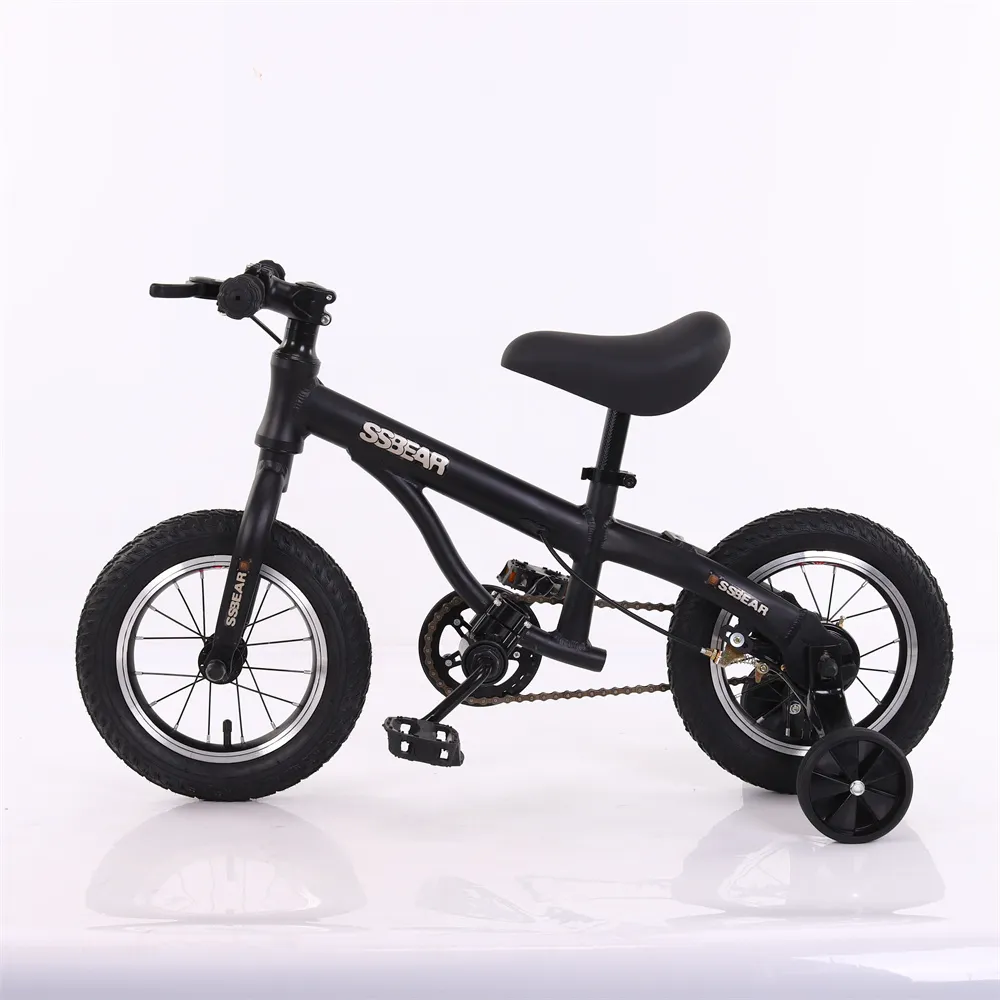kids mountain bikes
Choosing the Right Kids' Mountain Bike A Guide for Parents
When it comes to outdoor activities, cycling is one of the most enjoyable and fulfilling experiences for children. Among the various types of bikes available, mountain bikes are particularly popular for their durability and versatility, making them an excellent choice for adventurous young riders. However, selecting the right kids' mountain bike can be a challenging task for parents. In this article, we’ll explore the essential factors to consider to help you make an informed decision.
1. Size and Fit
The most crucial aspect of choosing a mountain bike for your child is ensuring the correct size and fit. A bike that is too large or too small can lead to discomfort and hinder the child’s ability to control the bike. To find an appropriate size, consider your child’s height and inseam measurements. Many bike manufacturers provide sizing charts based on these measurements. It’s also beneficial for children to test ride a few models to see what feels best. A good rule of thumb is to ensure that your child can comfortably reach the handlebars and pedals while being able to stand over the frame with both feet flat on the ground.
2. Frame Material
Mountain bikes come in various frame materials, each with its advantages. Aluminum frames are lightweight and durable, making them an excellent choice for kids who may handle their bikes roughly. Steel frames offer more sturdiness but tend to be heavier. High-end models may feature carbon fiber frames, which are even lighter but can be quite expensive. When choosing a bike, consider your child’s riding habits and the environments they’ll be in to determine the best frame material.
Mountain bikes typically come with either single-speed or multi-speed gear systems. For younger children or beginners, single-speed bikes are often sufficient since they are easier to handle and maintain. As your child becomes more adept at riding and ready to tackle more challenging terrain, you might consider a multi-speed bike. Gearing allows for more versatility on different gradients and surfaces, making rides more enjoyable.
kids mountain bikes

4. Wheel Size
The size of the wheels plays an essential role in the bike's performance. Kids' mountain bikes usually have wheel sizes ranging from 16 inches to 26 inches, depending on the age and height of the child. Smaller wheels are better for younger children, as they offer better maneuverability, while larger wheels can roll over obstacles more easily and are suited for older kids who are more experienced.
5. Suspension
Another critical consideration is the bike's suspension system. Bikes can have a hardtail (front suspension only) or full suspension (front and rear). For children who are just starting or ride mostly on paved surfaces, a hardtail may be adequate. If your child is likely to ride on rougher trails, investing in a full-suspension bike could enhance comfort and control.
6. Additional Features
Lastly, consider additional features that could benefit your child. Some mountain bikes come with adjustable seat heights, important for growing kids. Others include disc brakes, which provide better stopping power, especially in wet conditions.
In conclusion, selecting the right kids' mountain bike involves consideration of size, frame material, gearing options, wheel size, suspension, and other features. Prioritizing these factors will help ensure that your child has a safe and enjoyable riding experience. With the right bike, your child can explore the great outdoors, build confidence, and develop a lifelong love for cycling. Happy riding!
-
Unleash Your Adventurous Spirit with All Mountain BikesNewsOct.31,2024
-
The Perfect Ride for Your Little Ones: Kids TricyclesNewsOct.31,2024
-
The Joy of Riding: Quality Kids Mountain BikesNewsOct.31,2024
-
The Excitement of Kids Scooters – Choose Your Adventure!NewsOct.31,2024
-
Kids' Bikes: Find the Perfect Ride for Your Little OnesNewsOct.31,2024
-
Experience the Fun of Swing CarsNewsOct.31,2024
-
Why a Giant Bike for Kids is a Top ChoiceNewsOct.24,2024








